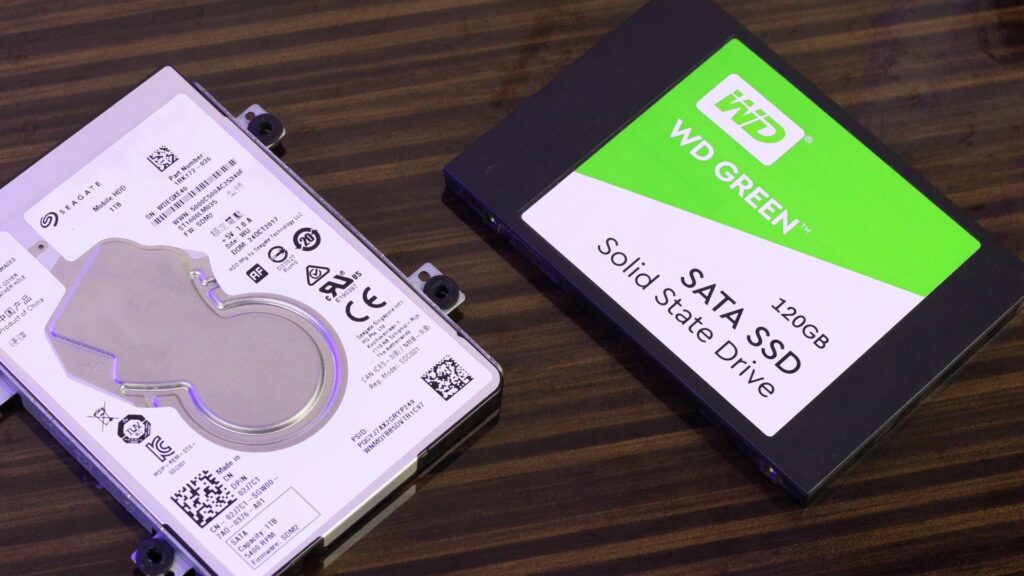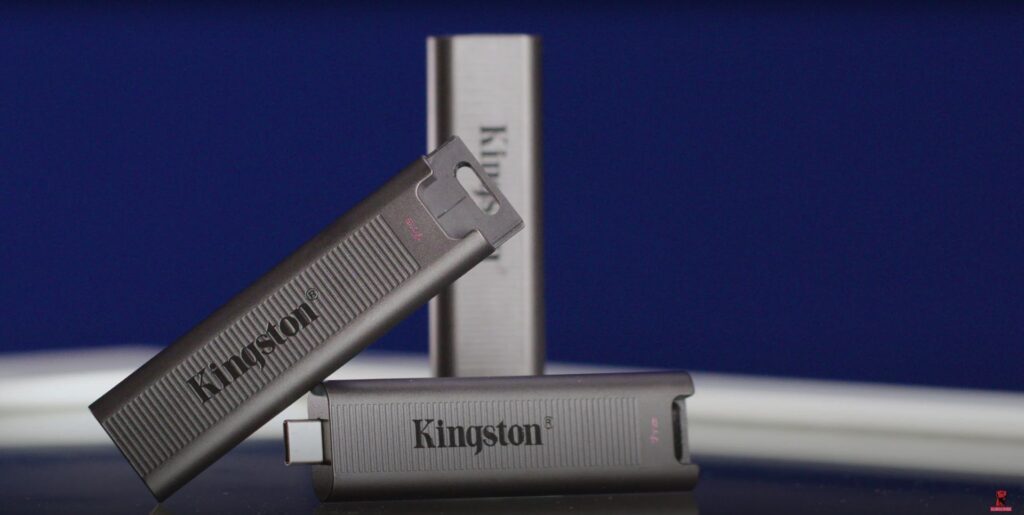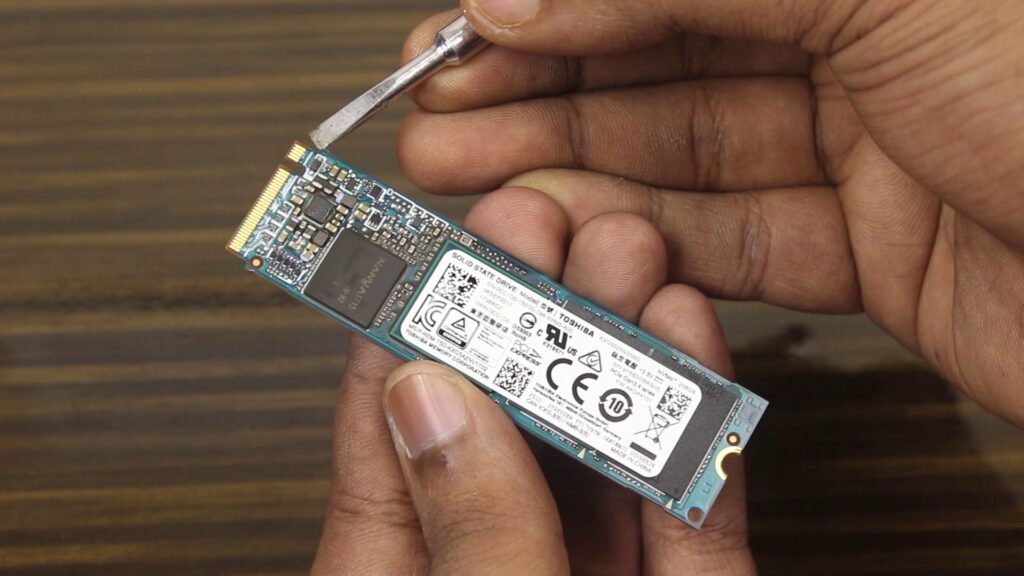You know, SSDs have totally changed the game when it comes to storage. They’re super-fast, make no noise, and can handle bumps and drops way better than old-school hard drives. But here’s the thing—despite all these perks, there are still some situations where an SSD might not be the smartest choice for everyone.
In this guide, I’m going to walk you through some real-life examples where a traditional Hard Disk Drive (HDD) or other storage options might actually make more sense—especially if you’re someone who’s on a budget, running a small business, or just setting things up for your family. Trust me, sometimes the “old” tech still wins in certain cases.

1. Long-Term Archival or Offline Storage
Why SSDs May Not Be Ideal:
SSDs store information in electrical cells, which gradually lose their charge over time, especially when the drive is left unpowered for months or years. Most SSDs are not engineered for “cold storage” – meaning, putting the drive away in a drawer for several years with important family photos, documents, or backups. Unlike magnetic storage in HDDs, data on SSDs can become unreadable due to charge leakage, sometimes in as little as a few years, especially if exposed to warm environments.
Better Alternatives:
For truly long-term offline storage, opt for:
- External HDDs: Magnetic data survives much longer without power.
- Optical media: DVDs/Blu-rays retain data for a decade or more.
- Cloud storage: Duplicates critical files and ensures redundancy.
- Archival-specific drives: Like M-DISCs, designed for multi-decade retention.
Practical Example:
If you’re archiving a decade’s worth of family photos or official records, storing them on an HDD and creating a cloud backup is safer than relying exclusively on an SSD.
2. Heavy Write-Intensive Workloads on Budget SSDs
Why SSDs May Fail Prematurely:
Most consumer SSDs come with a limit on how many times you can write data to them—this is called TBW, or Terabytes Written. Now, if you’re just using your computer for everyday stuff like browsing, watching movies, or storing photos, you’ll probably never hit that limit. But if you’re into heavy-duty tasks like video rendering, using an SSD as a scratch disk for editing, or working with massive datasets, you could burn through those write limits surprisingly fast.
Enterprise SSDs are built to handle that kind of constant workload—they’ve got way higher endurance. But cheaper, consumer-grade SSDs? Push them too hard, and you might start seeing bad blocks, slower speeds, or even complete failure way earlier than you’d expect. Curious about how NAND types like TLC & QLC affect SSD speed and endurance?
Safer Choices:
- Enterprise SSDs: Built for intensive write workloads.
- High-quality HDDs: For massive, frequently rewritten data.
- RAM disks: For temporary ultra-fast, volatile storage during edits.
Practical Example:
A YouTuber using a budget SSD as a scratch disk for 4K video edits may experience noticeable performance drops or even drive failure within a couple of years.
3. Sensitive Data and Data Recovery Concerns
Why It’s Risky:
Data recovery from a failed SSD is often more expensive and less successful compared to HDDs. When an SSD fails (especially with controller or firmware issues), recovery might not be possible, and when it is, the cost can be prohibitive. HDDs, by contrast, can often be recovered with specialized labs at lower expense.
Better Practice:
- Store vital documents on both USB/HDD and SSD.
- Maintain regular cloud backups.
- Prefer HDDs if data recovery is a priority.
Practical Example:
For tax records, business contracts, or legal documents, keep copies backed up on at least one HDD in addition to your SSD, ideally automated to sync changes.

4. Bulk, Cost-Effective Storage Needs
Why SSDs Aren’t Cost-Effective:
SSDs cost significantly more per gigabyte than HDDs, especially for storage beyond 1TB. When the priority is storing hundreds of movies, game installations, work projects, or daily backups, HDDs offer much greater value for money.
Smart Alternatives:
- Large-capacity spinning HDDs (4–8TB or higher).
- NAS solutions using HDDs for flexible, networked bulk storage.
- Cloud storage for offsite redundancy if feasible.
Practical Example:
Students or home offices needing storage for years of documents, media, or project backups should opt for affordable multi-terabyte external HDDs unless instant speed is essential.
5. Near-Full Drive Capacity Usage
What Can Go Wrong:
SSDs suffer performance degradation and increased wear when filled over 80–90% of their capacity. When operating an SSD with little free space, write speeds may drop, and the drive may wear out faster due to how data is managed internally.
Better Alternatives:
- Use SSDs as boot drives or for high-speed tasks—keep at least 10–20% free.
- Store mass files on large HDDs for stable speed and life.
Practical Example:
A user regularly downloading huge games or editing large batches of photos/videos could fill up their SSD quickly, leading to gradual slowdowns and reduced lifespan. This is less of an issue with HDDs. Wondering how hibernating your PC impacts SSD lifespan?

6. Frequent Power Outages & Unstable Power Conditions
Why This Matters:
SSDs may be more prone to file system errors or corruption during sudden power loss than HDDs. Data written just before a power cut may not be committed, leading to bad blocks or potential data loss.
How to Protect Data:
- Use an uninterruptible power supply (UPS).
- Employ HDDs for important data in regions with unreliable electricity.
Practical Example:
In areas where load-shedding is common or power fluctuates, storing important files on a traditional HDD— or regularly backing up both SSD and HDD contents—reduces the risk of unexpected data loss.
7. Data Hoarding or True “Cold Storage” Needs
Long-Term Considerations:
Leaving SSDs alone (unpowered) for many years is risky since flash memory isn’t designed for long-term retention without periodic power. Data may fade, especially in warm or humid conditions. Planning an SSD upgrade for your laptop or desktop? Make sure you understand form factors with our guide on M.2 SSDs: Check These Before You Buy.
Safer Approach:
- Cycle power to SSDs every few months if possible.
- Keep multiple backup copies across media types.
- Prefer HDDs, cloud, or archival discs for anything needing to last a decade or more.
Practical Example:
If you’re maintaining research archives, family history, or old media “just in case,” keep copies on at least one HDD and a cloud service rather than only on SSD.
Comparative Table
| Scenario | Why SSDs Not Recommended | HDD/Alternative Advantage |
| Archival/long-term offline | SSDs may silently lose data when left unplugged for years | HDD/magnetic data survives longer without power |
| Heavy write workloads | Consumer SSDs wear out after limited TBW | HDDs/Enterprise SSDs handle rewrites better |
| Sensitive/legal data | Data recovery is expensive & unreliable for SSDs | HDD recovery cheaper/more reliable |
| High-capacity storage needs | SSDs cost much more per GB, limited affordable options | HDDs much cheaper and capacious |
| Near-full drive usage | SSD performance/lifespan drops below 10–20% free | HDDs maintain speed and reliability when full |
| Unstable Power/Grid | SSDs can suffer corruption during outages | HDDs slightly more resilient (for some workloads) |
| Decade+ backups (“cold storage”) | SSD shelf life unpredictable; data loss risk | HDDs/optical/cloud options safer long-term |
Expert Tips for Consumers
- Know Your Endurance: Check your SSD’s TBW rating—light daily tasks barely impact longevity, but heavy writing can exhaust cheaper drives quickly.
- Always Backup: Use the 3-2-1 backup strategy—3 copies, 2 types of media, 1 offsite or cloud backup.
- Monitor Health: Install monitoring tools (such as CrystalDiskInfo, Samsung Magician, or Mac’s built-in utilities) to check SSD lifespan and health.
- For Big Data: Store movies, games, or archives on budget external HDDs or hybrid drives.
- Cold Storage: For true long-term, keep one copy on HDD, one in cloud, and avoid relying solely on an SSD.
Conclusion: Making the Right Storage Choices
Obviously, SSDs are amazing for things like your system drive aka boot drive, super-fast boot times, and keeping your most-used files ready in a flash. But there are plenty of situations where old-school HDDs, cloud storage, or even archival media can actually be the better choice. If you store massive project files, a family archiving years of photos and videos, a student who needs tons of space without breaking the bank, or you live somewhere with frequent power cuts—HDDs can give you better value and longer storage life. And no matter what you use, always keep multiple backups of your important stuff. Want to know if an SSD is really important for gaming performance?
At the end of the day, it’s all about matching your storage choice to your real needs. That way, you can save money, avoid expensive mistakes, and not get swept away by marketing hype. Plus, the more you keep learning about new tech trends, the better you’ll be at future-proofing your setup and protecting what matters most to you.
